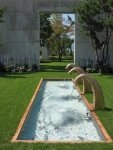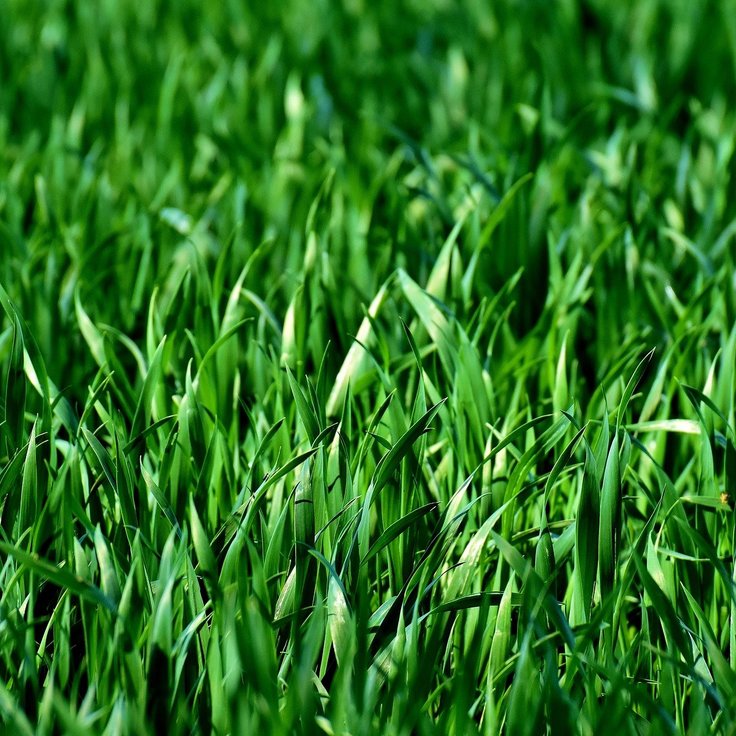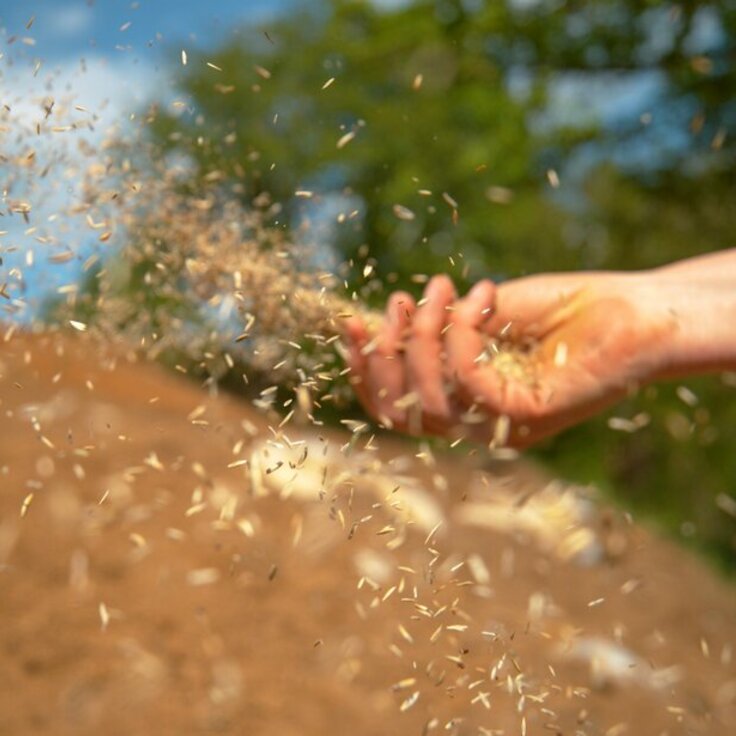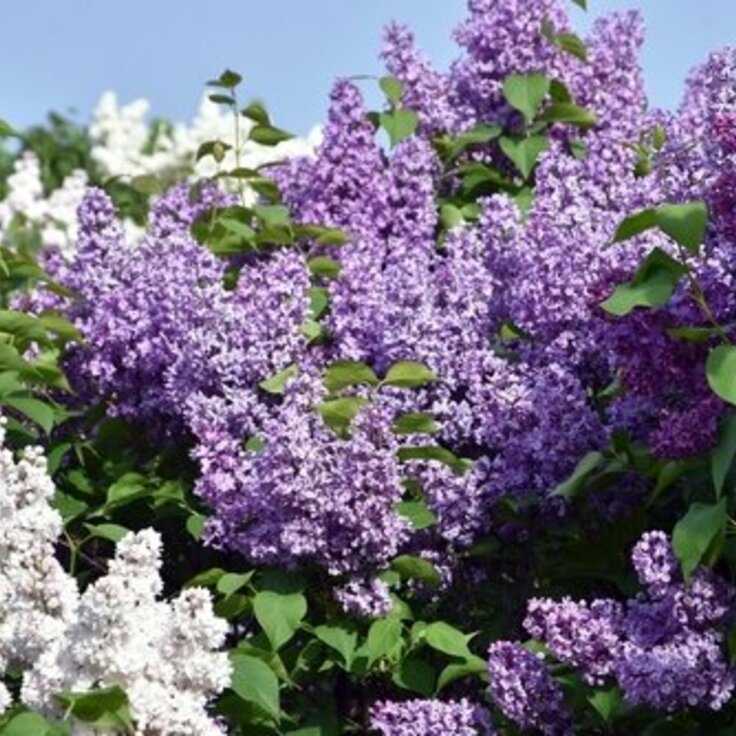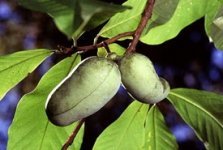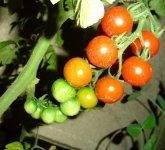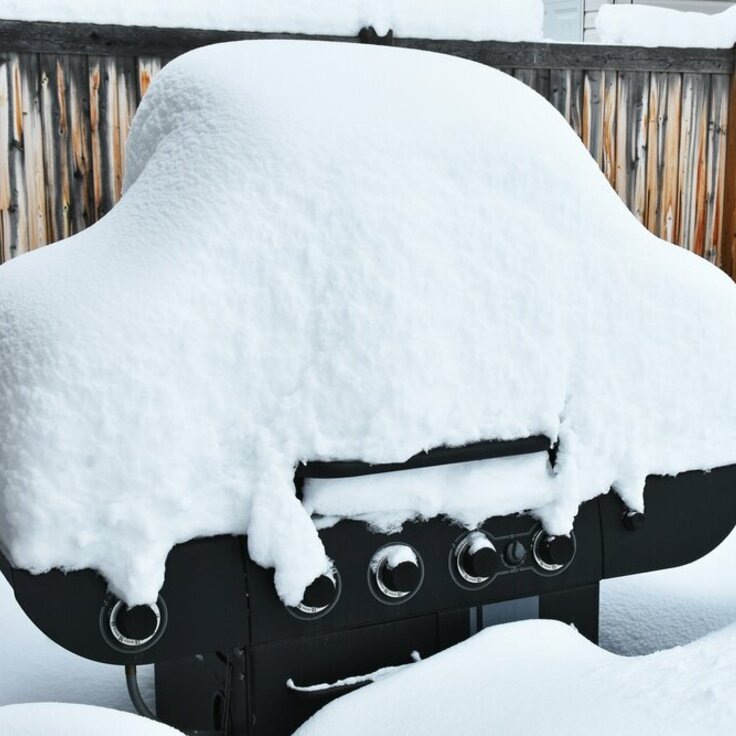Creative Container Gardens
Container plantings add instant eye appeal to our homes, and combining different types of plants in a container is a great way to add even more pizzazz to a porch or patio. Here are some tips for selecting plants to use in combo containers.
Sunlight Exposure
Select plants that have similar light requirements. Combine sun-lovers with other sun-lovers, and plants that prefer shade with other shade-loving plants. Purslane and impatiens, for example, would not be a good combination due their dramatically different lighting needs.
Foliage Texture
There are many options for using foliage texture to enhance a combination. You can group together plants that have bold and striking foliage, but it's often best to use a variation of foliage textures to add interest to the planting.
For example, start with plants with strong linear foliage textures, such as ornamental grass, Aztec grass, or dracaena. Then add plants with broad, bold foliage, such as coleus, caladium, ornamental sweet potato, dwarf canna, 'Milky Way' cast iron plant, and begonia. Contrast these with plants with fine-textured or lacy foliage, such as asparagus fern, foxtail fern, maidenhair fern, lavender, nigella (love-in-a-mist), 'Fernleaf' (dwarf) dill, fennel, Dahlberg daisy, yarrow, 'Powis Castle' artemisia, 'Starry Eyes' nierembergia, and Coreopsis verticillata 'Moonbeam'.
Plant Form
Use a mix of different plant forms to add vertical interest and variety to a combination. Place upright plants in the center or back of the planter, and use trailing plants around the outside edges.
Upright plants include ornamental grass, dracaena, dwarf canna, angelonia, foxtail fern, cordyline, and 'Milky Way' cast iron plant.
Trailing plants include pothos, dwarf ivy, Swedish ivy, purslane, moss rose (portulaca), trailing petunias, alyssum, bacopa, nierembergia 'Starry Eyes', 'Outback Sunset' lysimachia, blackfoot daisy, purple heart (Setcreasea), verbena, diascia, scaevola, and trailing rosemary.
Color Combinations
There really isn't a right or wrong way to combine color in containers. There are, however, some general guidelines that help us create color combos that are generally pleasing to the eye. A riot of bright, bold colors can be eye-catching and can lend a hot, tropical look.
Colors from opposite sides of the color wheel complement each other, such as combining blue and orange, green and red, or yellow and violet.
Combining colors adjacent on the color wheel creates a harmonious grouping that blends well together and is visually appealing. Examples include: purple, violet, and magenta; or yellow, orange, and red.
Foliage Color
Colorful foliage works great to keep a mixed container looking good even when it's not in peak bloom. Some foliage options include:
Gray or silver foliage: 'Powis Castle' artemisia, lamb's ears, dusty miller, 'Firewitch' dianthus, and 'Moonshine' yarrow.
White, yellow, or variegated foliage: Aztec grass, variegated dwarf ivy, caladium, 'Bengal Tiger' canna, spider plant, lamium, ornamental sweet potato vine, yucca (some types), duranta (some types).
Purple foliage: purple heart (Setcreasea), purple oxalis, ajuga, purple fountain grass, Persian shield (Strobilanthes dyerianus), ornamental pepper, ornamental sweet potato, purple velvet plant (Gynura aurantiaca), and Colocasia 'Black Magic'.
Red, orange, or copper foliage: Iresine (chicken gizzard), fibrous-rooted begonia, caladium, copper plant, coleus, ornamental sweet potato vine, 'Tropicana' canna, bronze fennel, and ti plant (Cordyline terminalis).
Water Requirements
Keep in mind a plant's water requirements when making combinations. Some plants are very drought tolerant, and many, such as blackfoot daisy and scaevola, won't tolerate soil that stays too saturated. Other plants, such as impatiens and ferns, need soil that stays consistently moist.
On a final note, keep in mind that in our hot southern climate we need larger containers so plants can have enough growing media to keep the roots moist through a long, hot day. You may see pictures of smaller containers in some magazines published in northern states, California, or the Midwest, but you'd better plan on moving up one or two container sizes if you want to have long-lasting, beautiful containers here in the lower South.
Read more from The Natioanl Gardening Association

